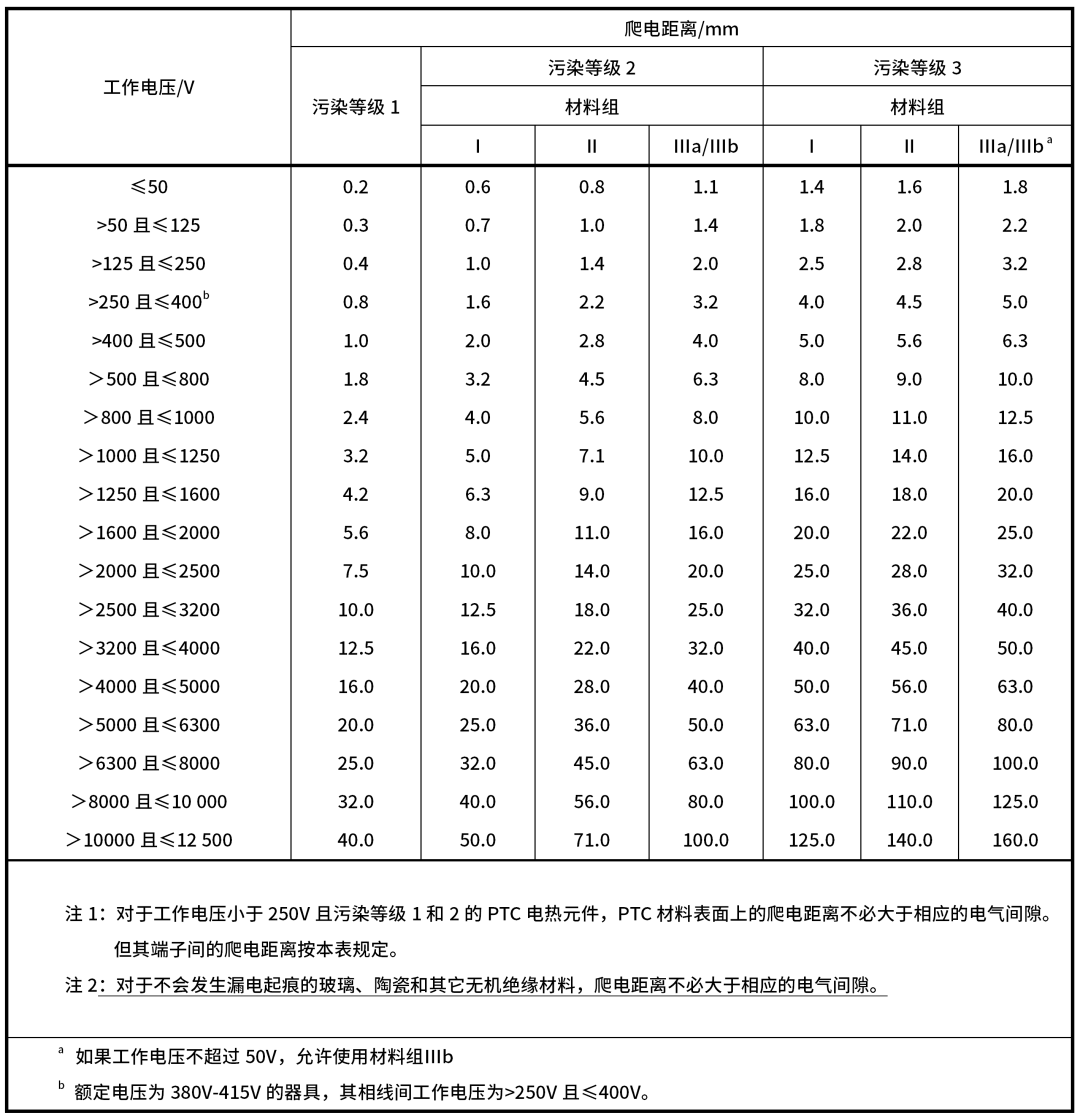您好!歡迎訪問德爾塔儀器官方網站
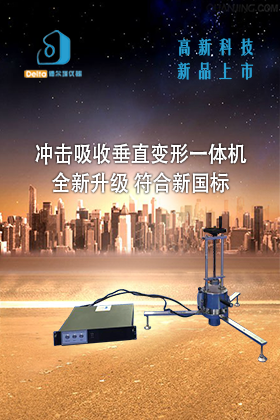

gaoshengkeji@163.com

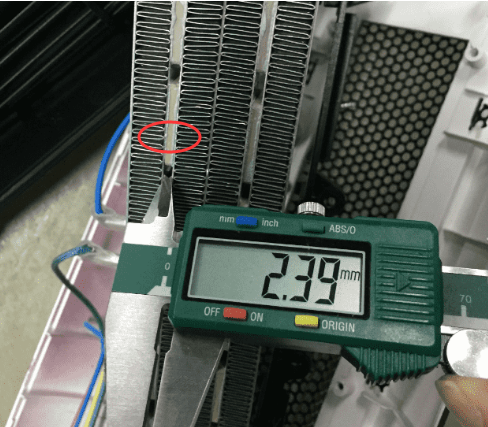
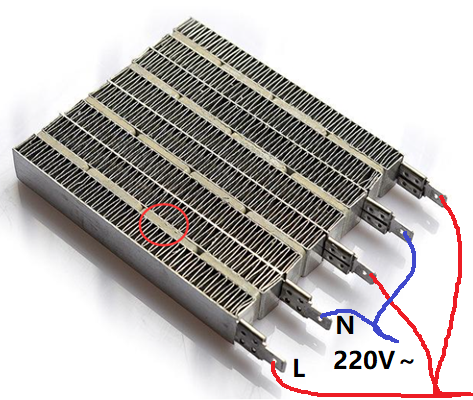
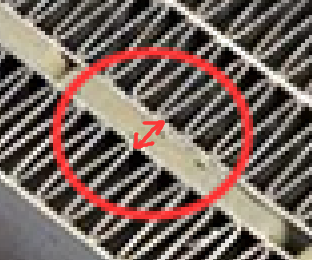
附件:02g - AG28 Report 2021 web meeting
Reference 參考號 | Date 日期 | Sheet No. 決議單號 |
IEC 60335-1:1991, 3rd Ed. | 8.1.4 | DSH-492 |
Standard 標準 | Subclause(s) 條款 | Keywords、 關鍵詞 |
IEC 60335-1:2016 Ed5.2 | 29.2.4 | -Creepage distance limit 爬電距離限值 -PTC material PTC 材料 |
Question 問題 | ||
Note 1 of table 18 in clause 29.2.4 of IEC 60335-1 Ed5.2 reads, For PTC heating elements, the creepage distances over the surface of the PTC material need not be greater than the associated clearance for working voltages less than 250 V and for pollution degrees 1 and 2. However, the creepage distances between terminations are those specified in the table. IEC 60335-1 Ed5.2第29.2.4條表18中的注釋: 對于工作電壓小于250V且污染等級1和2的PTC電熱元件,PTC材料表面上的爬電距離不必大于相應的電氣間隙。但其端子間的爬電距離按本表規定。 For a PTC heating element in fan heater, what creepage distance limit is the creepage distances over the surface of the PTC material(L and N, pollution degree=3, working volage=220V)? 對于暖風機中的PTC發熱體,PTC材料表面的爬電距離限值是多少(L和N,污染等級=3,工作電壓=220V)? 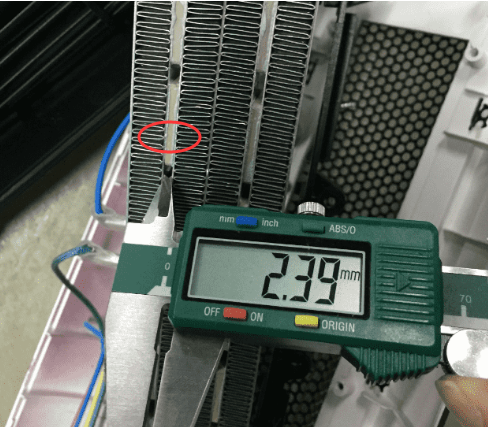 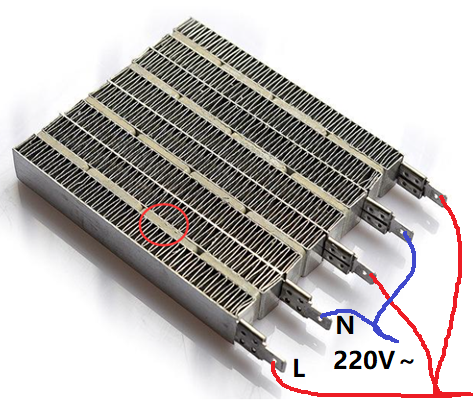 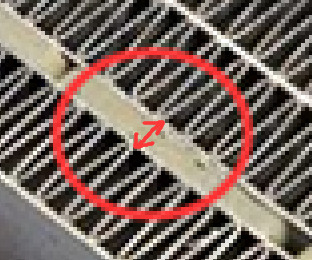 Figure creepage distance over PTC heating element material between L and N 圖 PTC 電熱元件材料表面上L 和 N 之間的爬電距離 Opinion 1: since the PD is 3 rather than 1 or 2 mentioned in note 1 of table 18, note 1 is not applicable, then the value 3.2 mm (P=3,<250V, Ⅲa/Ⅲb)in table 18 is applicable. 觀點1:由于污染等級為3,而不是表18注1中的污染等級1或2,所以注1不適用,則表18中的值3.2mm(P=3,<250V,Ⅲa/Ⅲb)適用。 Opinion 2: having considered -PTC heating element material is “semi-conductor”, rather than conductor like copper or plastic insulation material, special material special requirement. 觀點2:考慮到PTC發熱體材料是“半導體”,而不是像銅或塑料絕緣材料那樣的導體,特殊材料特殊要求。 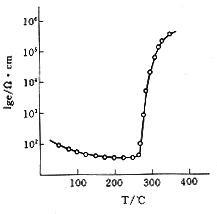 Figure Resistance R~Temperature T of PTC heating element 圖 PTC電熱元件:電阻R~溫度T - 29.1.4 of IEC 60335-1 reads, clearance limit for PTC heating element is 1mm. 根據IEC 60335-1 的 29.1.4,PTC電熱元件的間隙限值為1mm。 -PTC heating element material is inorganic material rather than “pure ceramics”, note 2 in table 18 is not applicable.Otherwise it does not track, creepage distances need not be greater than the associated clearance limit (see note 2 in table 18). PTC 發熱元件材料是無機材料而不是“純陶瓷”,表 18 中的注釋 2 不適用。對于不會發生漏電起痕的材料,爬電距離不必大于相應的電氣間隙(見表18中的注釋2)。 -PD=1 or 2, 220V, the creepage distances over the surface of the PTC material need not be greater than the associated clearance(see note 1). On the other hand, PD=3, the creepage distances over the surface of the PTC material need shall be greater than the associated clearance (limit). 污染等級1 或 2,220V,PTC材料表面的爬電距離不必大于相應的電氣間隙(見注 1)。另一方面,污染等級3,PTC材料表面上的爬電距離需要大于相應的間隙(限值)。 -clause 5.2.2.6 of IEC 60664-1 reads, Creepage distance limit ≥ associated clearance limit 根據IEC 60664-1 的第 5.2.2.6 條,爬電距離限值≥相應間隙限值 the creepage distances limit over the surface of the PTC material is 1.0mm(associated clearance limit) PTC材料表面的爬電距離限值為1.0mm(相應電氣間隙限值) Which opinion is correct? 哪種觀點是正確的? | ||
Proposed MT23 Answer MT23維護組回復 | ||
Answer: 回答: The outcome of opinion 2 is correct but not completely for the reason given since PTC heating elements are not insulation material. 觀點2的結果并不完全正確,因為PTC電熱元件不是絕緣材料。 Opinion 1 is not correct unless you can prove that PTC material is Material group Ⅲa and consider it as insulation material. 觀點1是不正確的,除非能證明PTC材料是材料組Ⅲa并將其視為絕緣材料。 Reason: 原因: You cannot apply Note 1 across the surface since you are in pollution degree 3 – The distance between terminations will generally depend on how the heating element is mounted. 不能在整個表面應用注1,因為處于污染等級3 – 端子之間的距離通常取決于加熱元件的安裝方式。 注2不相關,因為它僅指“用于玻璃、陶瓷和其他無機絕緣材料”。PTC電熱元件不是絕緣材料。 爬電距離永遠不會小于其相應的電氣間隙——這是不可能的。(參見下面 IEC 60664-1 ED3 的 5.3.2.5) 5.3.2.5 Relationship of creepage distance to clearance A creepage distance cannot be less than the associated clearance so that the shortest creepage distance possible is equal to the required clearance. However, there is no physical relationship, other than this dimensional limitation, between the minimum clearance in air and the minimum acceptable creepage distance. 5.3.2.5 爬電距離與電氣間隙的關系 爬電距離不會小于相應的電氣間隙,所以最短的爬電距離有可能是等于要求的電氣間隙。但是,除此尺寸限值外,在空氣中的最小電氣間隙和最小可接受的爬電距離之間沒有物理關系。 Creepage distance less than the clearance required in case A of Table F.2 may only be used under conditions of pollution degree 1 and 2 when the creepage distance can withstand the voltage required for the associated clearance (Table F.2).For testing, see 6.2. 在表F.2中的案例A中,爬電距離限值要求小于電氣間隙的情況僅適用于以下情況: 在污染等級1和2,當爬電距離可以承受相應電氣間隙所需的電壓時(表F.2),此時爬電距離可以承受相關電氣間隙所要求的電壓(表F.2)。供測試用,見6.2。 5.3.4 Dimensioning of creepage distances of functional insulation Creepage distance of functional insulation may be Dimensioned as specified in Table F.5 corresponding to the steady-state working voltage across the creepage distance considered. NOTE The values of Table F.5 can be used for functional insulation however different values of creepage distance can be appropriate. When the steady-state working voltage is used for dimensioning, it is allowed to interpolate values for intermediate voltages. When interpolating, linear in interpolation shall be used and values shall be rounded to the same number of digits as the values picked up from the tables. 5.3.4 功能性絕緣爬電距離的尺寸 功能絕緣的爬電距離可按表 F.5 的規定確定尺寸對應于所考慮的爬電距離兩端的穩態工作電壓。 注:表 F.5 的值可用于功能絕緣,但不同的爬電距離值可能是合適的。 當使用穩態工作電壓進行尺寸標注時,允許對中間電壓值進行插值法計算。插值時,應使用線性插值,值應四舍五入到與從表中選取的值相同的位數。 Above NOTE text is important, so we can ignore IEC 60664-1. 上面的 NOTE 文本很重要,所以我們可以忽略IEC 60664-1。 The clearance for functional insulation is given in 29.1.4 and in this case the Table 16 value applies i.e. 1,5 mm. This is completely consistent with NOTE 1 in Clause 29 and the 2nd paragraph of 5.3.2.5. However, this can be reduced to 1 mm for PTC heating elements (going across the surface) according to 29.1.4. These values are irrespective of pollution degree. 功能絕緣的間隙在 29.1.4 中給出,在這種情況下,表16的值適用,即1.5mm。這與第 29 章中注1和5.3.2.5第2段完全一致。但是,根據29.1.4,對于 PTC電熱元件(穿過表面),這可以減少到1mm。這些值與污染等級無關。 So taking account of the above, the creepage distance across the surface of the PTC heater element in pollution degree 3 cannot be less than 1 mm unless the appliance complies with Clause 19 when the creepage distance is short-circuited. 因此,考慮到上述情況,污染等級3的PTC電熱器元件表面的爬電距離不能小于1mm,除非器具在爬電距離短路時符合第19章要求。 But for this case the voltage is 220 V and if you interpolate between the Material Group 1 Pollution degree 3 values at 125 V and 250 V for 220 V you get 2.332 mm {= 1.8 + 95 × [(2.5 – 1.8)/125]} which is less than the measured value of 2.39 mm. So in our opinion, the construction is OK even if you ignore the above. 但對于這種情況,電壓為220V,如果在125V的材料組1污染等級3和250V的 220 V 值之間進行插值,將得到2.332mm {= 1.8 + 95×[(2.5–1.8)/125] }小于2.39mm的測量值。所以在我們看來,即使忽略上述內容,結構也是OK的。 | ||
TC 61 Decision TC61決議 | ||
Confirmed. 確認。 | ||
GB 4706.1-2005《家用和類似用途電器的安全 第1部分:通用要求》(IEC 60335-1:2004,IDT )標準
